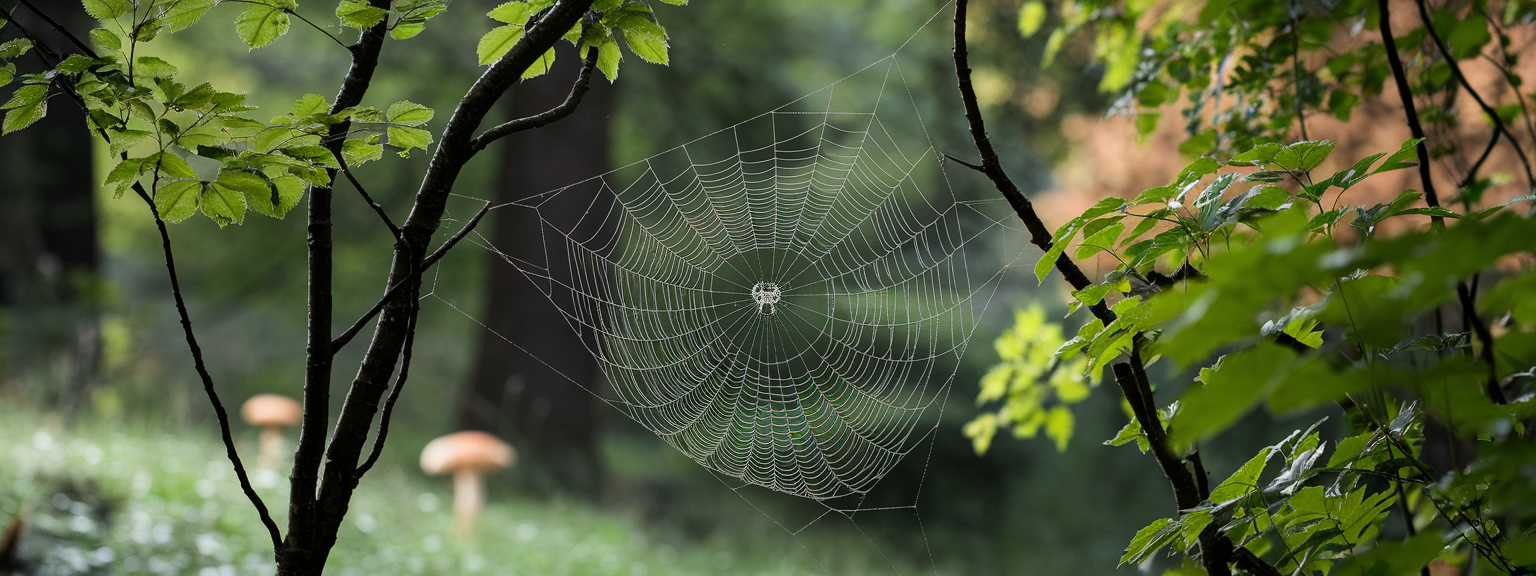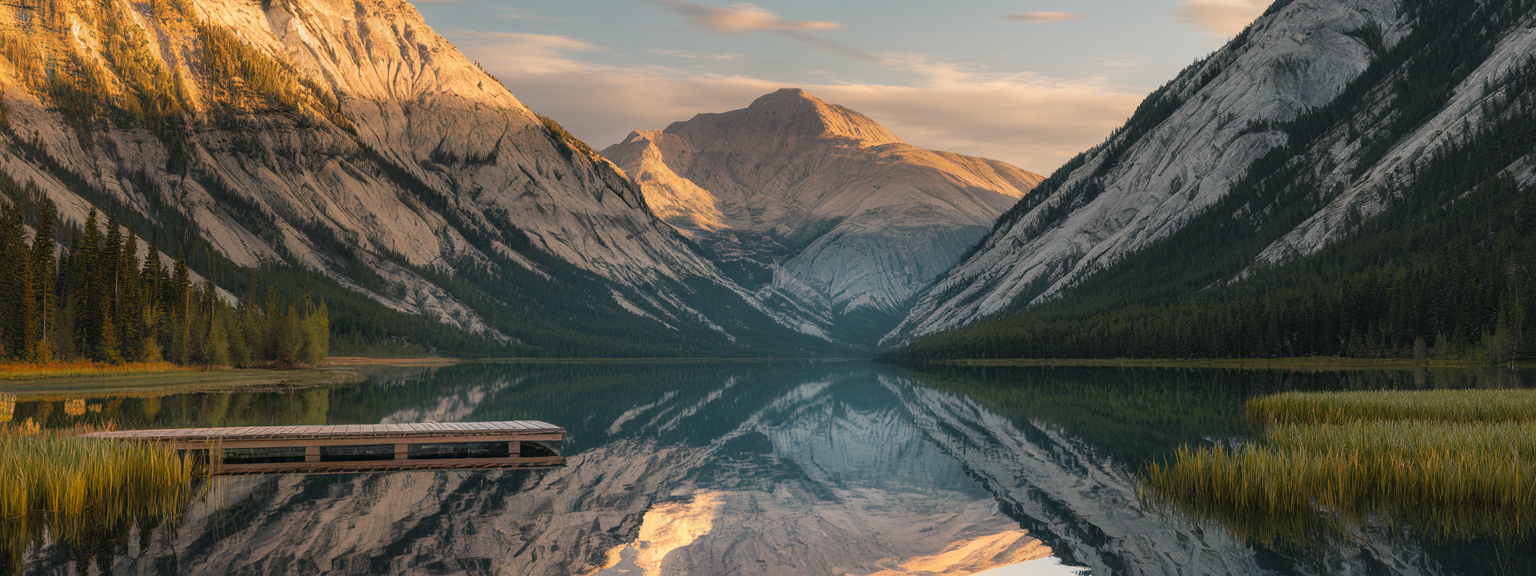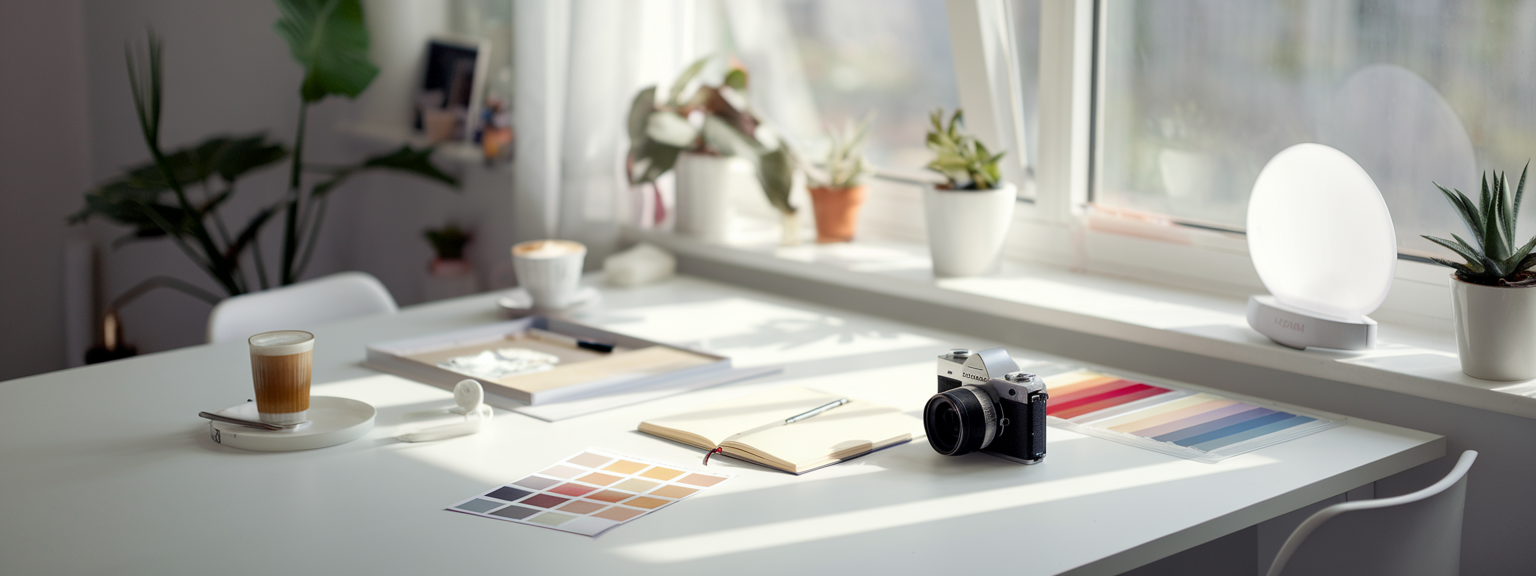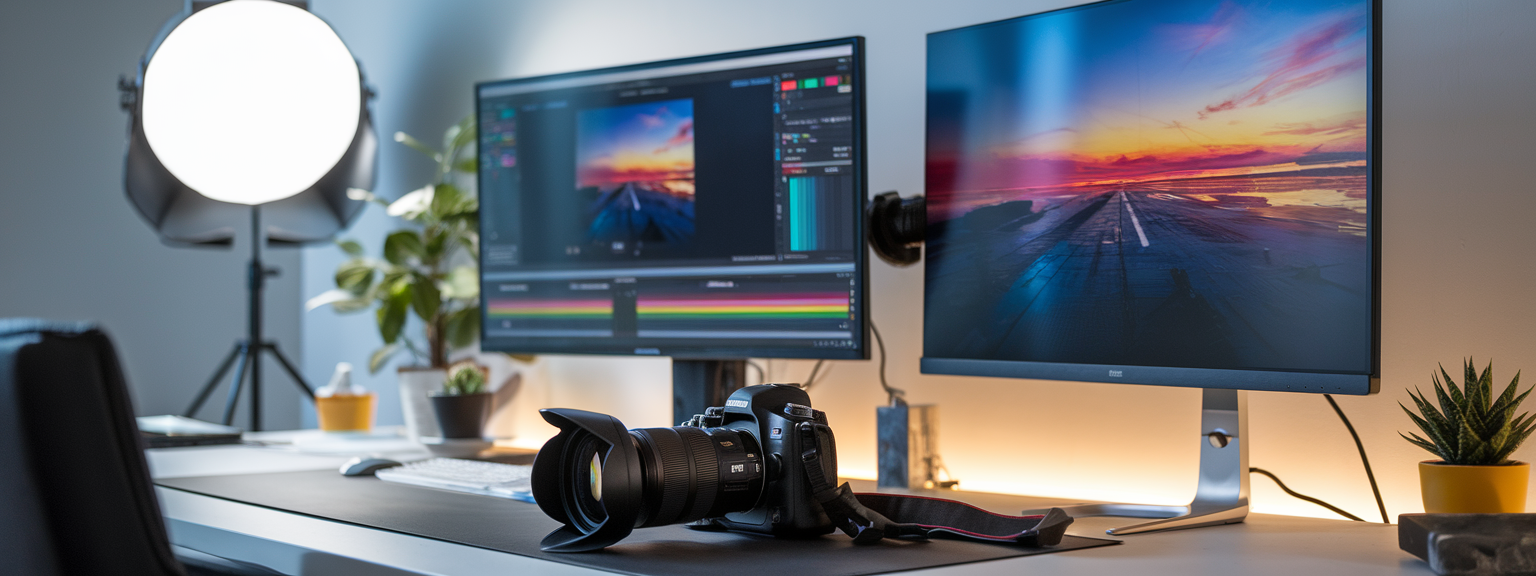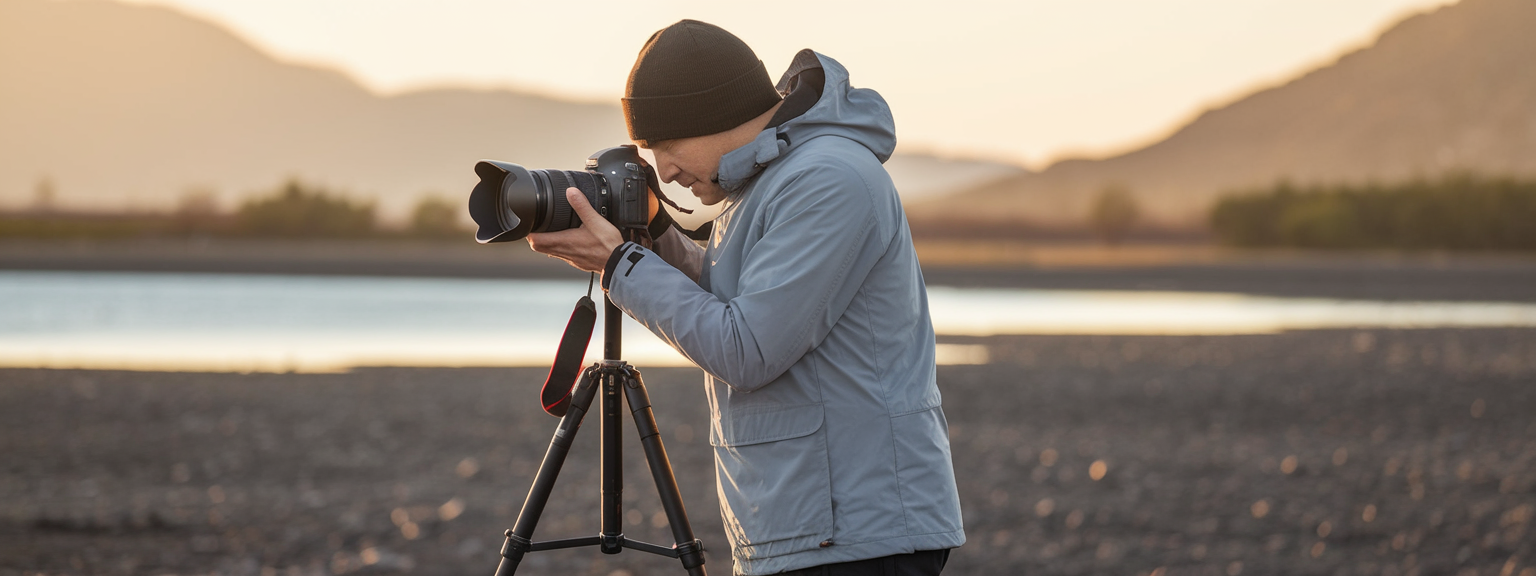Master Dynamic Travel Photography: Expert Panning Techniques for Action Shots

Welcome to our in-depth tutorial on Master Dynamic Travel Photography. In this guide, we will explore expert panning techniques that enhance your action shots, whether you’re capturing urban photography, wildlife photography, or vibrant travel scenes. This comprehensive tutorial will help you understand how to use continuous autofocus, create motion blur, and effectively capture movement with your camera.
📝 Step-by-Step Guide: Master Dynamic Travel Photography
1. Understand the Basics
To master dynamic travel photography, you first need to understand the basics of panning techniques. This involves setting your camera to shutter priority mode, selecting the appropriate shutter speed, and using continuous autofocus to track your subject. Beginners should practice in open spaces before attempting more challenging urban photography or wildlife photography scenarios. In addition, familiarizing yourself with photography tips on motion blur can really boost your results.
2. Camera Settings and Equipment
The success of Master Dynamic Travel Photography lies in the proper selection of camera settings. Choose a moderately slow shutter speed, typically between 1/15 to 1/60 second, depending on the speed of your subject. Moreover, set your camera to continuous autofocus to ensure every action shot is sharp while still providing the desired motion blur. Using a tripod or monopod can also be beneficial when you’re new to panning techniques.
3. Mastering the Panning Motion
When you pan your camera in sync with your moving subject, the background becomes blurred, emphasizing the subject in motion. To achieve this, follow your subject smoothly, ensuring your movement is fluid. Practice with various subjects such as cyclists, cars, and pedestrians to sharpen your skills in dynamic travel photography. This will improve your ability to capture both urban and wildlife photography effectively.
4. Post-Processing Techniques
After capturing your images, use editing software to fine-tune the exposure and contrast. Enhance color vibrancy while maintaining a natural look. This step helps in emphasizing the fluidity of your travel photography and makes your panning technique shine. Therefore, consider adjustments that highlight the action without overpowering the composition.
📌 Practical Applications: Master Dynamic Travel Photography
Real-World Scenarios
Master Dynamic Travel Photography is not just a theoretical concept. In real-world scenarios, implementing panning techniques can dramatically enhance your action shots. For example, capture a busy street where pedestrians and vehicles interact, or document a wildlife chase in a national park. These dynamic situations benefit from continuous autofocus and controlled motion blur, making your photos lively and engaging.
Travel Adventures and Urban Crawls
Travel photography offers a wealth of opportunities to test and improve your panning skills. When shooting in urban environments, use the movement of traffic, cyclists, or even street performers to add energy to your images. Similarly, wildlife photography challenges you to capture fast-moving animals, requiring precise camera settings and expert panning techniques to create stunning action shots.
💡 Tips & Tricks: Master Dynamic Travel Photography
Optimize Your Shutter Speed
A slower shutter speed is key to achieving a smooth panning effect. You may need to experiment, but a setting between 1/15 to 1/60 second often works well. In addition, adjust the aperture and ISO settings to ensure the image is well-exposed during myriad lighting conditions.
Practice Consistently
Practice makes perfect when it comes to capturing perfect action shots. Regular practice in varying environments, both in urban photography and wildlife photography, will enhance your confidence. Meanwhile, embracing photography tips such as using a burst mode enhances your chances of capturing that perfect moment.
Keep Your Focus on the Subject
One major trick is to focus on the subject continuously. This ensures that even when the background is in motion, your subject remains sharp and compelling. Over time, your timing and technique will improve, further elevating your travel photography style.
📸 Sample Scenario
Urban Rush Hour
Imagine you’re in a bustling city during rush hour. You find an intersection where taxis, buses, and pedestrians create a dynamic visual. Using Master Dynamic Travel Photography techniques, you set your camera to continuous autofocus and choose a proper shutter speed to panning shot along a taxi. The resulting image beautifully highlights the dynamic motion, with a sharply focused taxi contrasted against a blurred background.
Wildlife in Motion
Another scenario involves capturing a cheetah chasing its prey in the wild. With proper panning and continuous autofocus, the cheetah remains crisp, while the environment blurs into a streak of colors. This sample scenario illustrates how mastering panning techniques transforms an ordinary shot into a thrilling action image.
✅ Key Do’s for Effective Usage
Do Experiment with Different Speeds
Experiment with varying shutter speeds and autofocus settings to see the different effects. This experimentation is essential in mastering dynamic travel photography. Moreover, practice panning with moving subjects in both urban and natural settings to fully grasp how motion blur works.
Do Utilize Continuous Autofocus
Continuous autofocus ensures your subject remains in focus throughout the panning motion. This setting is particularly useful for action shots, making it a must in your camera toolkit.
Do Apply the Rule of Thirds
Align your moving subject along the rule of thirds to create a balanced and visually engaging shot. This compositional technique enhances the overall aesthetic of travel photography.
❌ Common Mistakes to Avoid
Avoid Using Too Fast a Shutter Speed
When capturing action shots, using a shutter speed that is too fast will not allow the proper amount of motion blur to build. This results in a static image that fails to capture the essence of dynamic travel photography.
Avoid Neglecting Camera Stability
While handheld shooting can be exciting, it may lead to camera shake which can ruin your panning techniques. Ensure you maintain stability, especially when trying to create fluid motion in your photos.
Avoid Over-Editing
Over-processing your photos can often detract from the natural dynamism of your travel images. Instead, use post-processing to subtly enhance the clarity and vibrancy while keeping the motion intact.
🔄 Troubleshooting & FAQs
Q: What shutter speed should I use for Master Dynamic Travel Photography?
A: Start with a shutter speed between 1/15 to 1/60 second. Adjust based on the speed of your subject and ambient lighting conditions.
Q: How do I ensure my subject remains in focus?
A: Utilize continuous autofocus and focus tracking features available on modern cameras. This is especially crucial for action shots in both urban and wildlife photography.
Q: Why does my image sometimes appear too blurry?
A: Excessive blur could result from an overly slow shutter speed or instability during the panning process. Adjust your technique by practicing in controlled conditions first.
Q: Can I use panning techniques in low light conditions?
A: Yes, however, you may need to adjust your aperture and ISO settings to ensure the exposure remains balanced. Experiment with different combinations until the desired effect is achieved.
🖼️ Bringing It All Together
Recap & Integration of Techniques
Master Dynamic Travel Photography integrates a variety of skills including panning techniques, continuous autofocus, and effective use of motion blur. By following this step-by-step guide, applying practical approaches to real-world scenarios, and understanding key do’s and common mistakes, you are well-equipped to enhance your action shots. Experiment with different settings and environments such as urban photography and wildlife photography to keep refining your technique.
By understanding the fundamentals of panning and continuously experimenting with your camera settings, you can consistently produce mesmerizing action shots that best illustrate the spirit of travel. Remember, practice and patience are key in becoming adept at Master Dynamic Travel Photography. Enjoy exploring and capturing moments with a fresh perspective, whether you are shooting the vibrant energy of the city or the untamed beauty of nature.
In conclusion, Master Dynamic Travel Photography is a journey of experimentation and continuous learning. Embrace these tips, refine your technique and soon your photos will vividly narrate stories of movement, adventure, and life in action.

